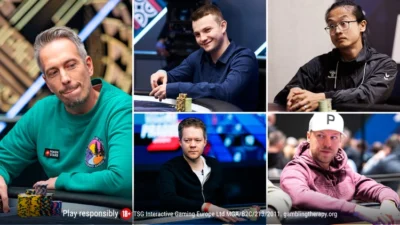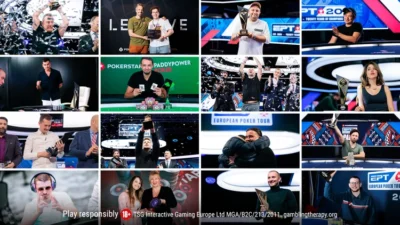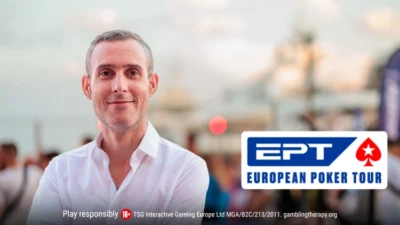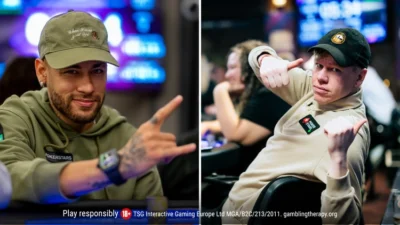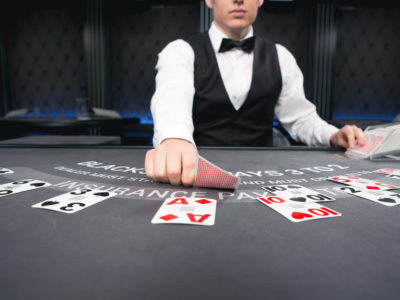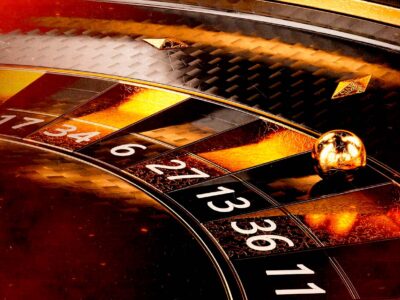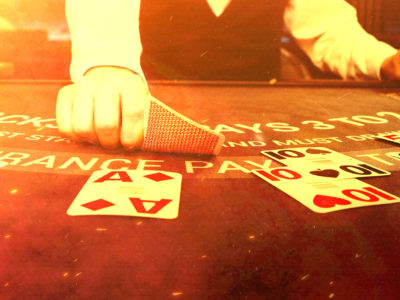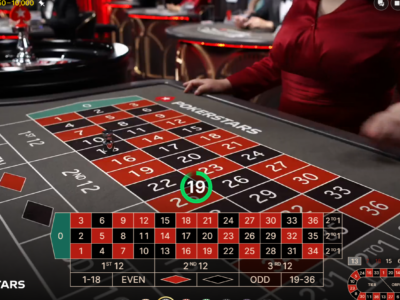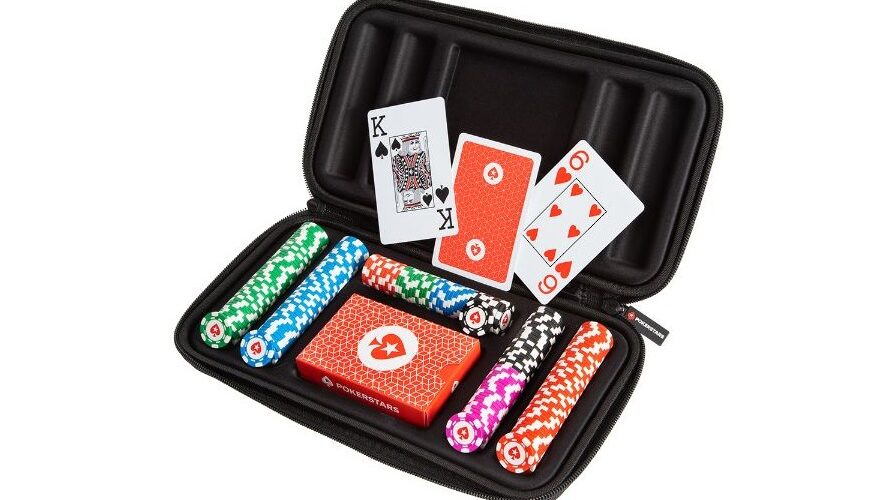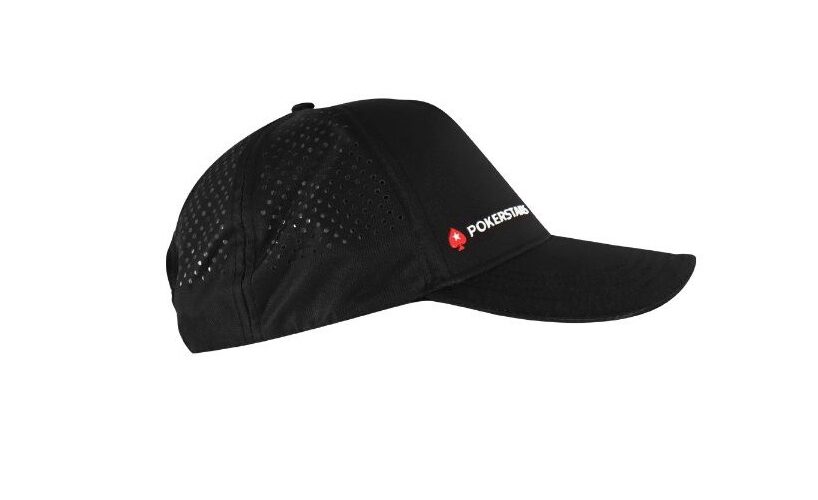We are big fans at this publication of Jennifer Shahade’s podcast series The Grid and listened intently a few weeks ago to the episode featuring Shahade’s fellow PokerStars ambassador Maria Konnikova.
During a discussion of the surprising merits of playing supposedly trashy hands, Konnikova said: “It forces you to think creatively, it forces you to think in a non-linear way, it forces you to engage with the parts of your brain that you stop engaging when you’re working with solvers all the time.”
She chose seven-deuce offsuit to be the subject of the show and rounded off the segment by saying: “I might throw in a seven-deuce or two this summer, just to see what happens.”
Though Konnikova promised Shahade she would return for a follow-up episode to discuss this range-widening experiment, we stole a march on Shahade during a conversation with Konnikova in the second break of Day 2 of the World Series Main Event. Has she stuck to her seven-deuce word?
Spoiler: She has not.
“Although I should have,” Konnikova said. “There was one time where I had seven-deuce on the button and I was, like, I should really raise this because of Jen’s podcast. And I ended up folding it, and the flop came seven-deuce-x. So it was, ‘Dammit. I should honour my commitment.'”
MORE FROM THE 2019 WSOP
COVERAGE HUB | PHOTO GALLERY
As ever with one of contemporary poker’s pre-eminent thinkers, there was a good reason for the reticence. “This wasn’t the right spot,” Konnikova said. “They were very aggressive blinds. The big blind re-raised almost everything, so unless I was willing to run a huge bluff, it wasn’t a good spot. And I didn’t think at that point in the Main Event was the moment to do it.”
As every poker player will tell you, the WSOP Main Event is unlike any other tournament in the world, and not only because of its prestige. There are few other tournaments in which a starting stack is 300 big blinds and the levels two hours long, and there are even fewer with a five-figure buy-in yet so many inexperienced campaigners taking a shot. It creates an unusual dynamic in the early stages, during which it might be tempting to get creative. But Konnikova isn’t convinced.
“There are two competing schools of thought,” she said. “There’s the ‘tight is right’ school of thought for the Main and then there’s the ‘No one wants to bust, so take advantage of it and really be aggressive.’ And I think tight is right is probably closer to the truth if you have decent players at the table. Pick spots to be aggressive. I’m not saying never bluff, never get out of line, but why? It’s not really buying you anything and it could lose you a lot.”
There might also be a temptation with such a slow structure and deep stacks to late register at the start of Day 2, where a starting stack is still 75 big blinds. But Konnikova has first-hand experience of why that also isn’t an ideal strategy: on her Day 1, she doubled up with 45 minutes after someone made a poorly-timed shove. “I basically turned my hand face up,” she said. “I actually think that the Main is not the event that you want to late reg, because there are so many weaker players in it and it’s really helpful to be there in the early levels. I doubled up and it wasn’t because I played really well.”
Konnikova’s Day 2 table has been tougher than on the earlier flight, and her stack is back down closer to the 60,000 she started with. But over the past two years, since she began her hugely successful attempt to learn and prosper at poker from scratch, Konnikova has done battle with opponents of all abilities. During her appearance on The Grid, she discussed studying with solvers and specifically the importance of gauging whether an opponent is also looking to play a GTO approach.
“I think yesterday, I don’t think anyone used a solver except for me, but today there are definitely a few people who are definitely solver players,” she said. “You talk to them, and you do research. Before Day 2, you can look people up. You can see whether they’re pros, you see how many cashes they have. It’s basic due diligence to do some research on the players you’re playing with.”
It’s telling that during Konnikova’s poker journey the subject of conversations with her has changed so dramatically. Originally, the novelty of a writer and psychology PhD doing a deep-dive into the poker world tended to steer discussions into those directions. Now she is a go-to resource for analysis of complex strategies, having applied herself to the task with staggering commitment. However, she says she is not surprised that she’s now more likely to be talking about solvers than writing deadlines.
“I didn’t know that solvers existed when I started this, so in that sense yes, [I’m surprised]. But not in the sense that I want to use all the resources at my disposal. I think it would be stupid of me not to. I still am interested in the psychology of poker, but I’m still going to try to play the best I can.”
For the time being, that doesn’t include dropping in the seven-deuce hammer in the Main Event. But she added: “I think I can do it.”
WSOP photography by PokerPhotoArchive
Back to TopView Other Blogs





